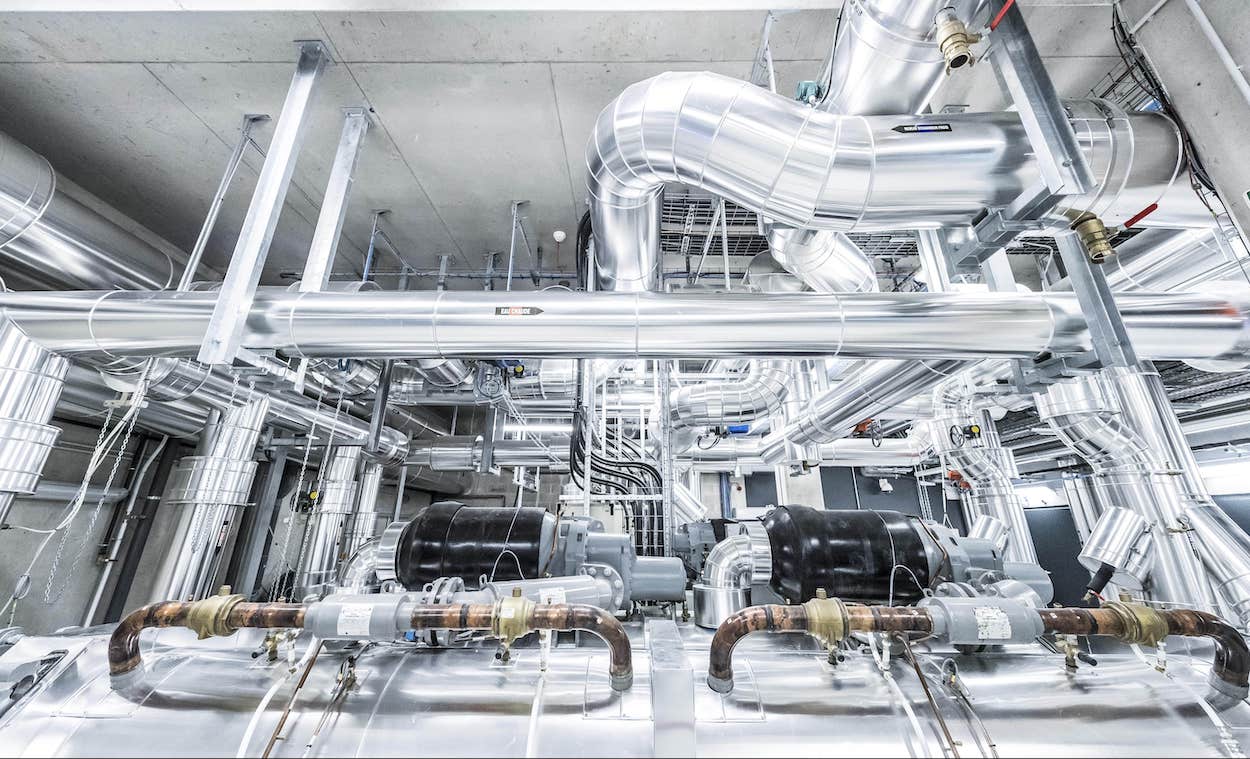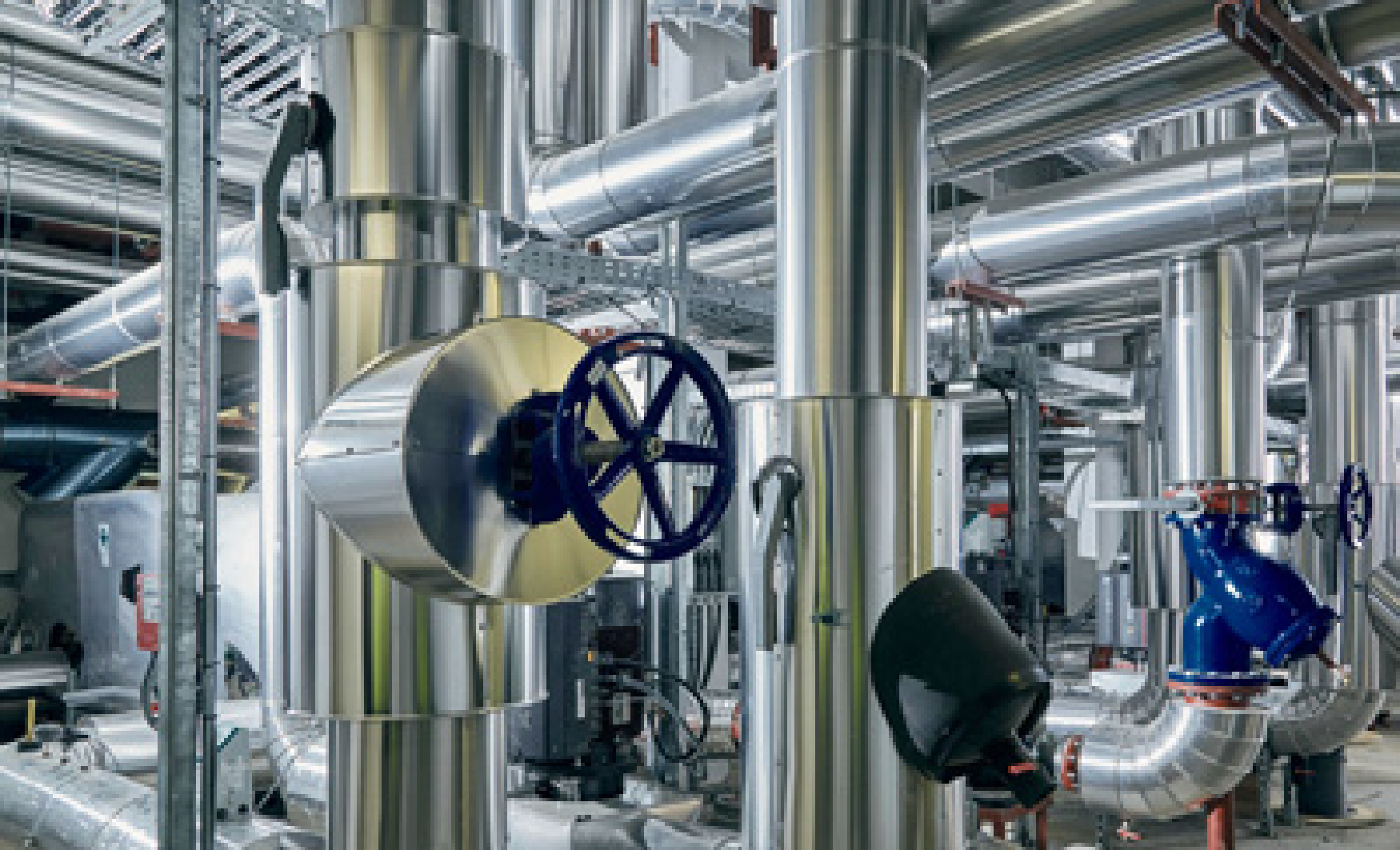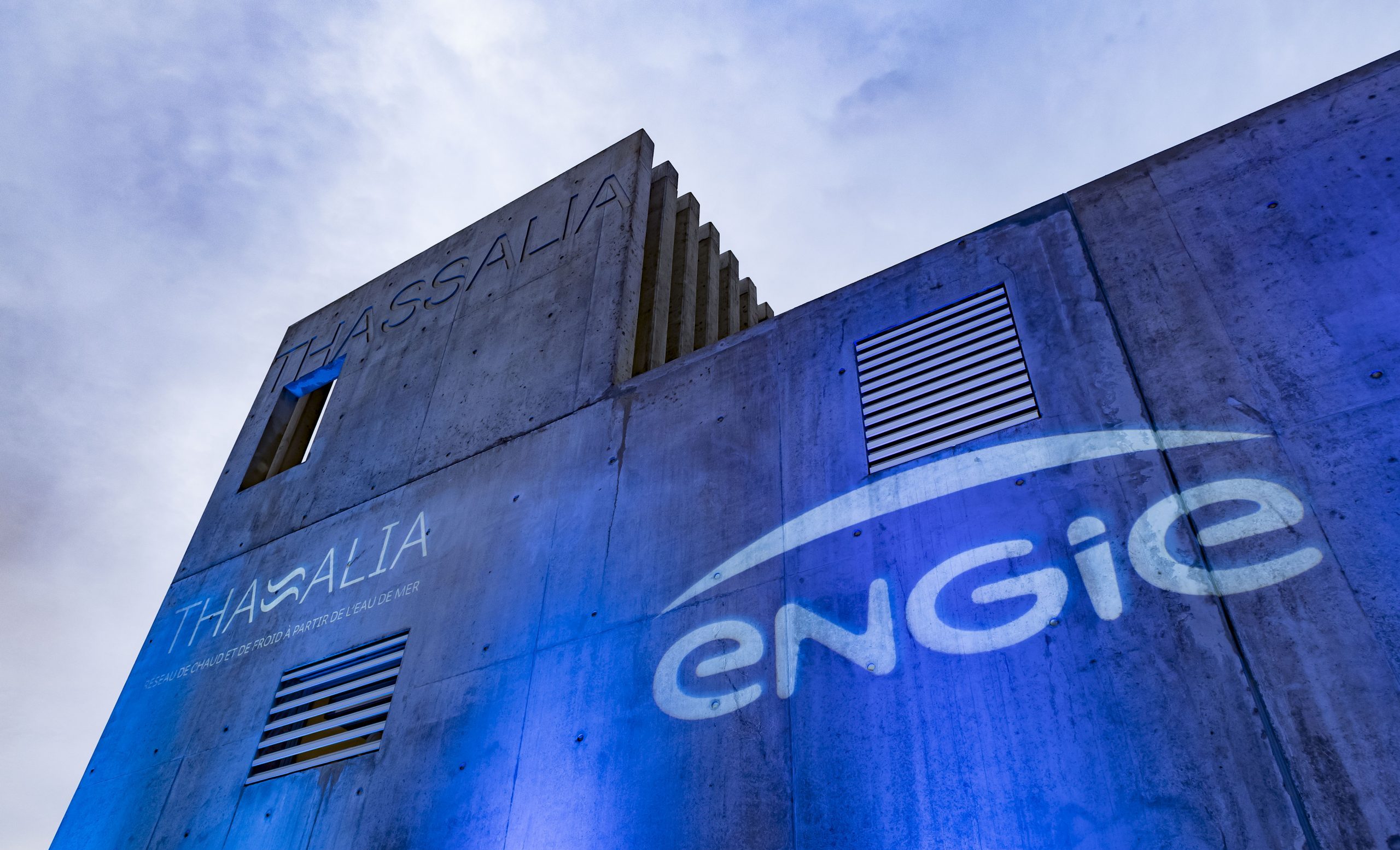SWAC

A new solution to decarbonise heating and cooling
Decarbonising the heating and cooling sector is one of the main challenges of the energy transition. Accounting for 50% of global energy consumption in 2018, heat is the largest energy end-use and contributes 40% of global carbon dioxide (CO2) emissions, according to the IEA.
Sea Water Air Conditioning (SWAC) is the perfect technology to decarbonise heating and cooling systems around the world’s coasts. The technology is already mature and presents numerous advantages: it offers a renewable, dispatchable source of cooling, brings down greenhouse gas emissions and reduces energy consumption by 75%.

How does it work?
SWAC installations are located close to shore and pump water from the nearby sea or ocean. Depending on the water depth and the season, the pumped seawater is used to cool or heat a closed freshwater loop via a series of heat exchangers. A single system can provide heating or cooling to an urban area several kilometres wide .

The fastest developing ocean energy technology
SWAC is an advanced new technology. Several SWAC projects have been running for years, demonstrating the performance of the technology. Flagship projects include ENGIE’s 20MW Thassalia and EDF’s 21MW Massileo projects. Both were built around 2016 as pilots and are currently expanding after proving their efficiency and building confidence in the technology.

